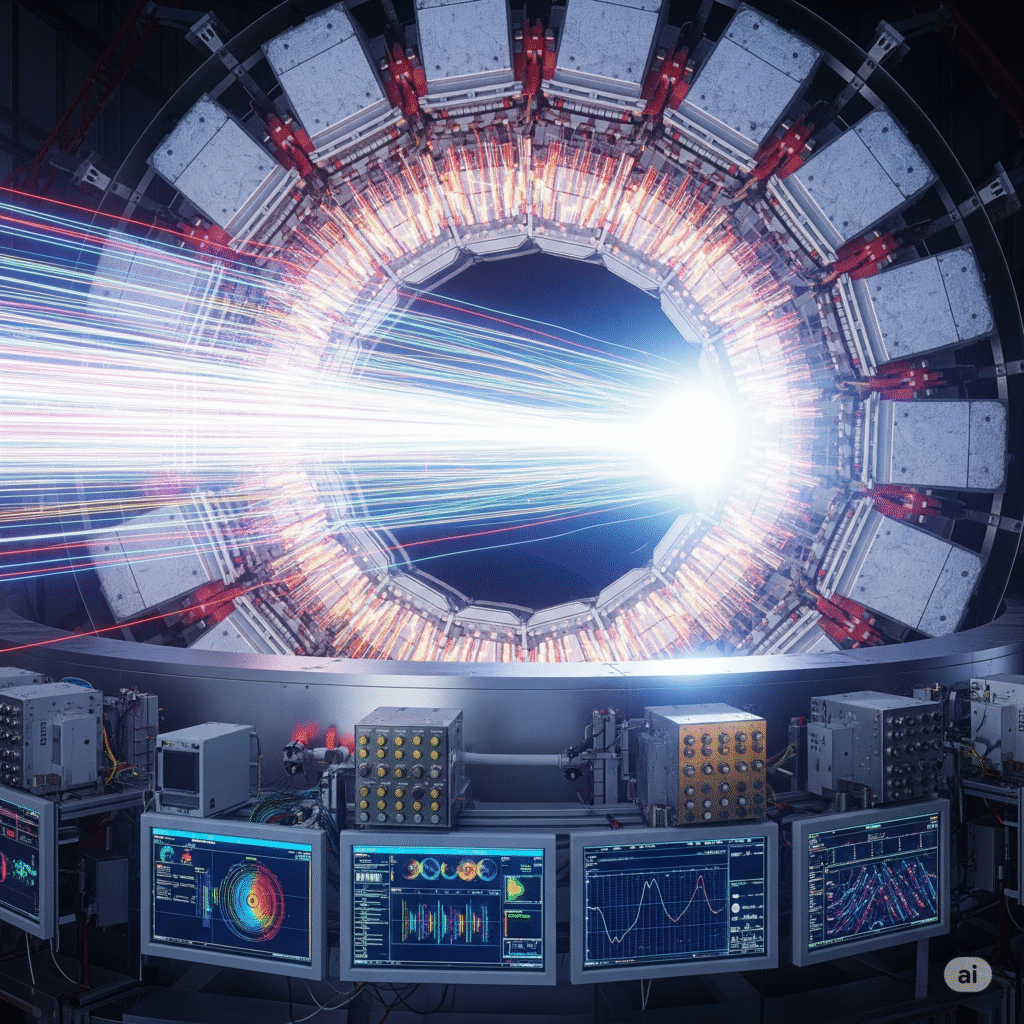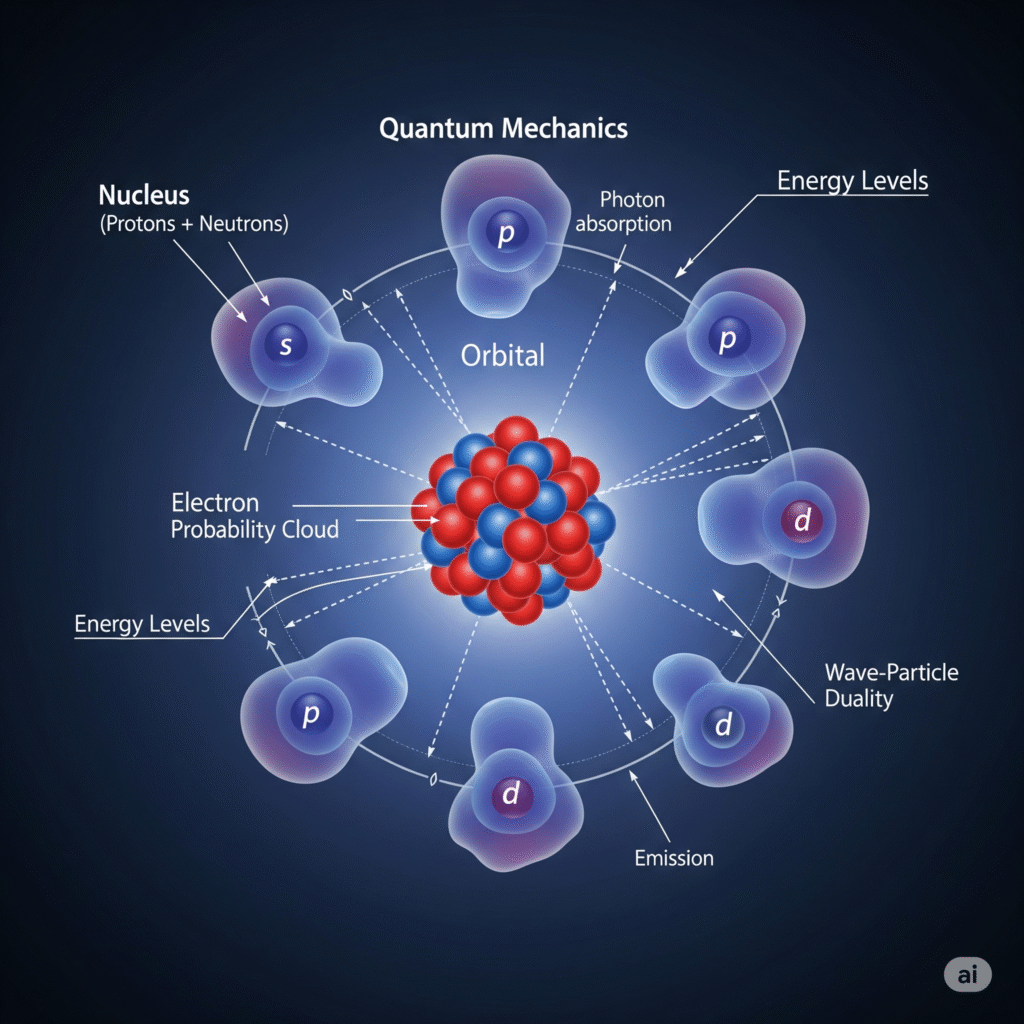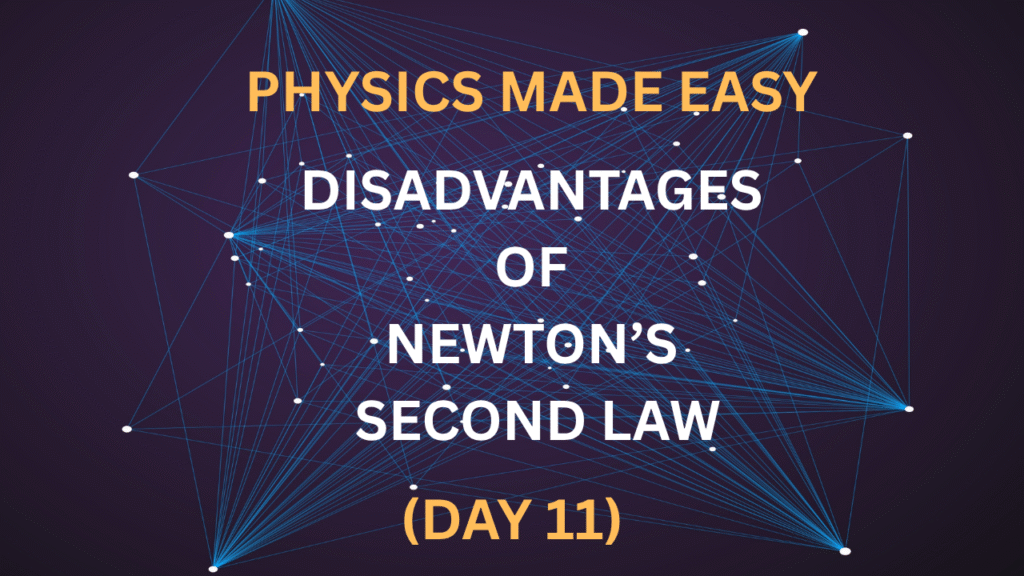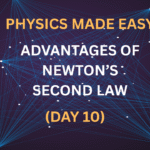Are There Any Downsides?
While incredibly useful, the disadvantages of Newton’s Second Law show that even this fundamental principle has its limits. Newton’s Second Law of Motion—F=ma—is incredibly useful and fundamental to understanding everyday motion, as we’ve seen in Newton’s Second Law of Motion Explained and its Advantages of Newton’s Second Law. But like any theory, it also has its limitations. This article, part of our Physics Made Easy series, will look at where it falls short, covering the key disadvantages of Newton’s Second Law.



Exploring the Key Disadvantages of Newton’s Second Law
1.Only Works When Mass is Constant
One of the key disadvantages of Newton’s Second Law is its assumption that the mass of the object undergoing acceleration remains constant.
Example: In real-life situations like rockets launching into space, fuel is continuously burned and expelled, meaning the rocket’s mass decreases rapidly over time. Newton’s simple law (F=ma) doesn’t fully capture this change in mass during the motion, requiring more complex derivations or relativistic considerations.
2.Not Accurate at Very High Speeds
When objects move at speeds approaching the speed of light (relativistic speeds), Newton’s Second Law breaks down. This limitation is a significant disadvantage of Newton’s Second Law in modern physics. Classical mechanics, based on Newton’s laws, cannot accurately describe phenomena at these extreme velocities.
Example: Scientists and engineers working with fast-moving particles in accelerators, or studying astrophysical phenomena, must use Einstein’s theory of relativity instead of Newton’s laws to predict their behavior correctly.
3.Doesn’t Apply at the Microscopic Level
Newton’s Second Law cannot explain the behavior of tiny particles like atoms, electrons, and photons. At these subatomic scales, the rules of motion are fundamentally different. This is a clear disadvantage of Newton’s Second Law when trying to understand quantum mechanics.
Example: To understand how electrons orbit a nucleus, how light interacts with matter, or the quantum tunneling effect, we need quantum mechanics, where probabilistic outcomes and wave-particle duality supersede classical deterministic motion.
4.Ignores Idealized Conditions (Air Resistance and Friction)
A practical disadvantage of Newton’s Second Law in its basic form is its assumption of perfect conditions—no air resistance or friction. However, in the real world, these forces are ever-present and significantly affect motion.
Example: When you throw a ball, its speed rapidly slows due to air drag, and a rolling object eventually stops due to friction. While these forces can be added into the F in F=ma, the law itself, in its basic form, doesn’t inherently account for them as inherent parts of the motion principle. Understanding aerodynamic drag is crucial for accurate predictions.
5.Requires Measurable External Force
A practical disadvantage of Newton’s Second Law is its assumption that all forces acting on an object can be accurately measured or determined.
Example: In complex environments, like turbulent water currents, strong and variable magnetic fields, or intricate biological systems, identifying and measuring all external forces acting on an object can be extremely difficult, making precise application of F=ma challenging.
Quick Recap Table
While powerful, understanding the disadvantages of Newton’s Second Law is crucial:
| Limitation | Real-Life Impact |
| Assumes constant mass | Doesn’t fully explain rocket motion as fuel burns |
| Fails at very high speeds | Einstein’s Relativity is needed for fast particles |
| Not valid at microscopic level | Quantum physics takes over for atoms & electrons |
| Ignores real-world factors | Air drag & friction often complicate predictions |
| Needs measurable forces | Hard to apply in complex, unpredictable environments |
Summary
Newton’s Second Law is a powerful and practical law that helps us describe everyday motion. However, the disadvantages of Newton’s Second Law remind us that nature is often more complex—especially at extreme scales, speeds, or conditions. While indispensable for classical mechanics, understanding these limitations helps us appreciate where and when we need to go beyond classical physics and the simplified view provided by Newton’s Second Law.
Ready to Go Deeper?
Next time you look at a rocket launch, a racing car, or tiny particles under a microscope—remember that different physics laws come into play, expanding beyond the initial insights of Newton’s Second Law. Tell us in the comments where you’d like to explore more advanced physics concepts beyond the scope of these disadvantages of Newton’s Second Law!
Stay curious. Stay scientific.



